#funerary statue
Photo
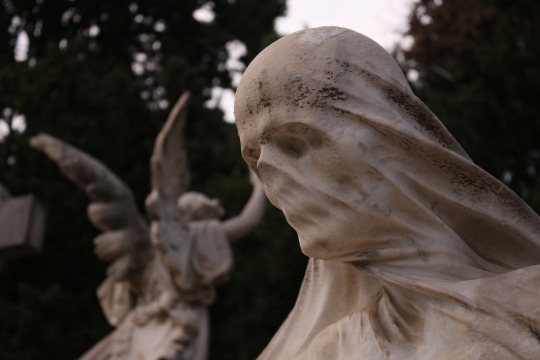
Cementiri de Montjuïc, Barcelona, 18/10/22
#cementiri#montjuïc#barcelona#catalonia#catalunya#photo#photography#photographers on tumblr#funerary art#sculpture#marble#stone#statue#funerary statue#funerary aesthetic#aesthetic#aesthetics#contrast#skeleton#skull#halloween#samhain#samaín#grave#graveyard#tomb#sepulchre#one of my best photos#i'm glad i've been in front of this exact statue#i've seen it before on tumblr
7K notes
·
View notes
Text

Finchley, London; 15.4.2023
#photography#photographers on tumblr#dubmill#London#Finchley#England#UK#Britain#churchyard#cemetery#St Mary-at-Finchley#funerary art#statue#original photography#original photograph#walk#New Southgate to Stirling Corner#2023#15042023
133 notes
·
View notes
Text

A Rare Marble Carving Depicting Twins Goes on Display
Years after a rare Greek marble was discovered, the unique find is finally on display for the world to see.
In November 2008, a man went to the National Archaeological Museum with a bundle of cloth, the museum said in a March 22 news release.
He said he was a shell collector and discovered the bundle while rooting around a stream in Menidi, on the west coast of Greece.
Archaeologists took the bundle, made from old clothes, and found a fragment of a marble carving inside, the museum said.
The archaeologists were surprised by the depiction, according to the museum.
The carving showed two babies wrapped in the arms of a woman, a rare type of funerary stele.
The funerary stele, carvings associated with tombs and headstones, likely belonged to a woman who died during childbirth, the museum said. The babies, twins in the same arms, represented their shared fate as orphans, according to the archaeologists.
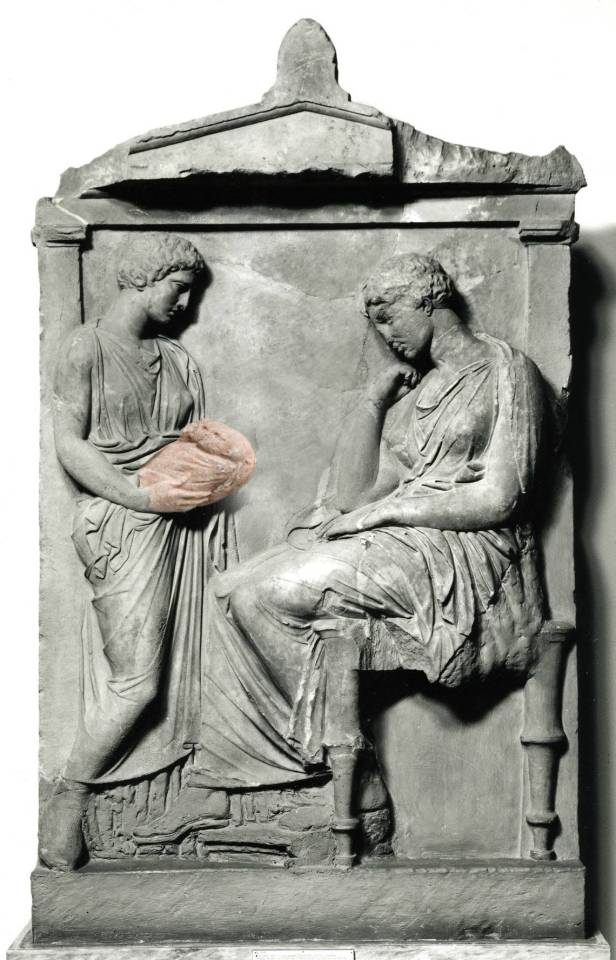
The marble section would have been part of a larger image showing the mother, the museum said.
The discovery is likely from the 4th century B.C., museum archaeologists said, and it is the only known surviving stele to depict twins.
The imagery of twins in Ancient Greek art itself, however, is not rare, Heritage Daily reported. Leto, the mother of twins Artemis and Apollo, is often used as a symbol of motherhood and a maternal goddess in images with her children.
The stele is now on display as part of a larger museum collection, called the Unseen Museum.
The museum said the exhibit “brings to the fore antiquities stored in its vaults, away from the visitor’s eyes,” according to the release.
The exhibit runs until May 13 in Athens, Greece.
By Irene Wright.

#A Rare Marble Carving Depicting Twins Goes on Display#Menidi#funerary stele#marble#marble statue#ancient artifacts#archeology#archeolgst#history#history news#ancient history#ancient culture#ancient civilizations#ancient greece#greek history#greek art
27 notes
·
View notes
Text


smash cut to an IASIP title card with chapter title out of marco pellegrini's ascanio biography

something something about how bernardino lonati was considered ascanio's cardinal etc. intricate rituals, patron client relationships, bernardino's involvement on behalf of the sforza family over the will drama, ascanio calling bernadino his cardinal from home.
#the scale of ascanio's grief over losing bernardino makes me wanna grieve with him#if i ever get to rome and see bernardino's funerary statue in person i WILL start weeping in the church#italian renaissance tag#ascanio sforza#bernardino lonati#idc that much about visiting rome except for that church. florence and milan have my number and even then it's like#milan somehow. has overtaken florence in my heart
110 notes
·
View notes
Text
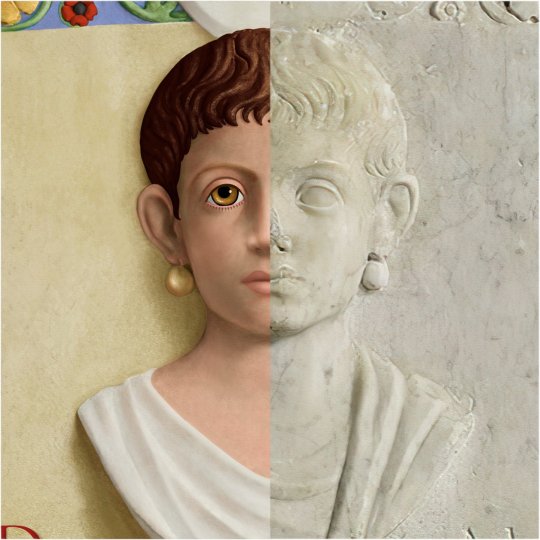
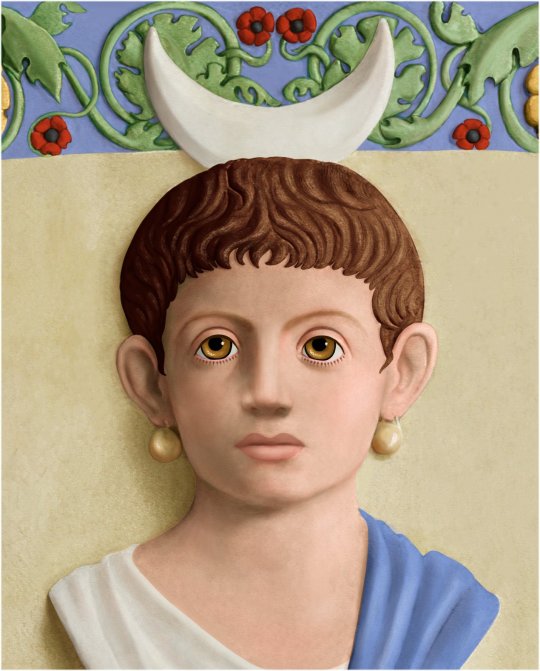

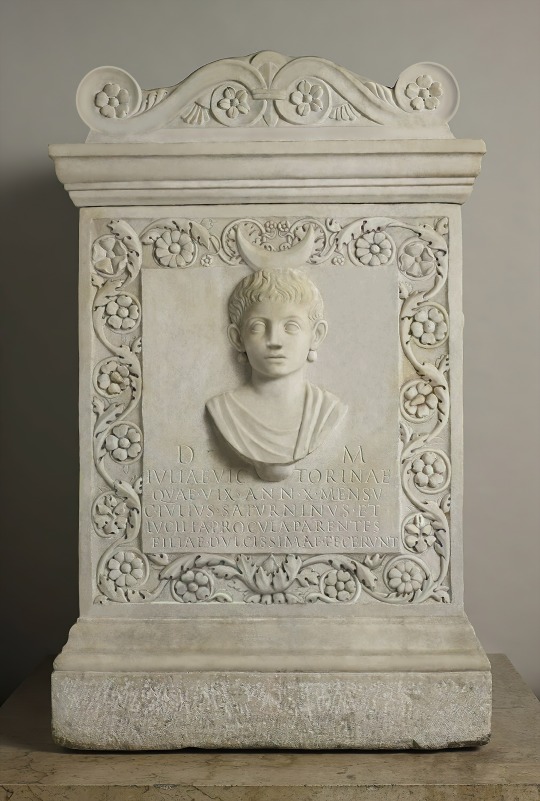
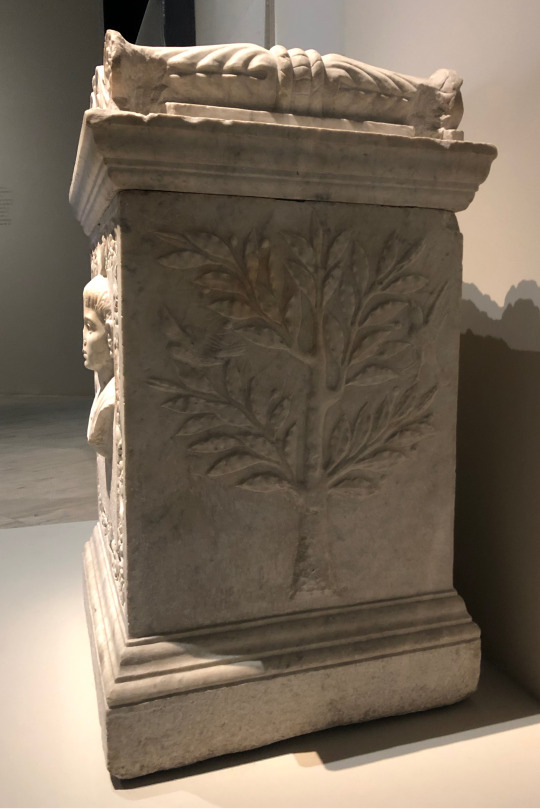
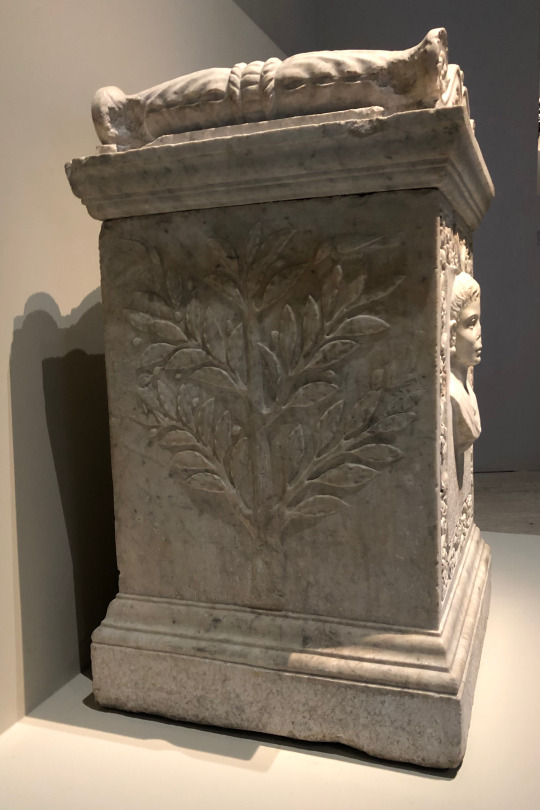
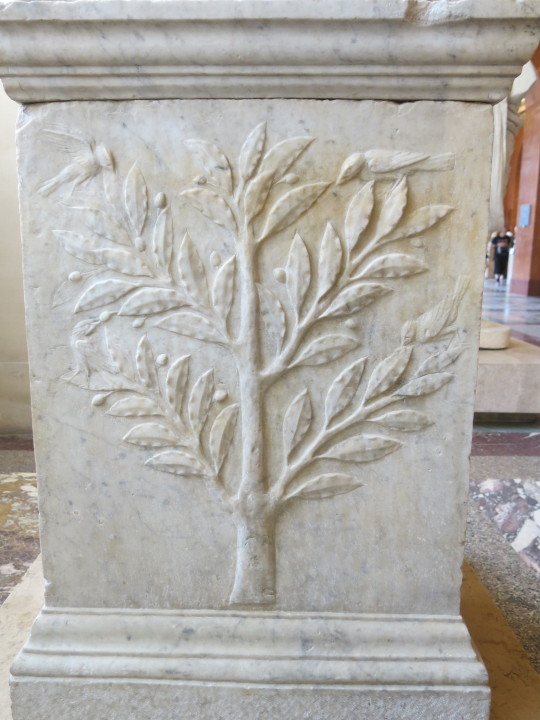

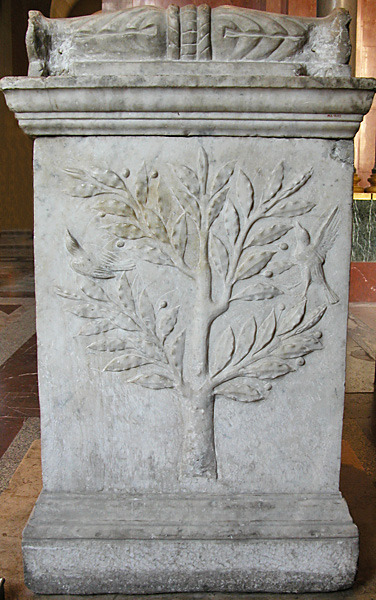
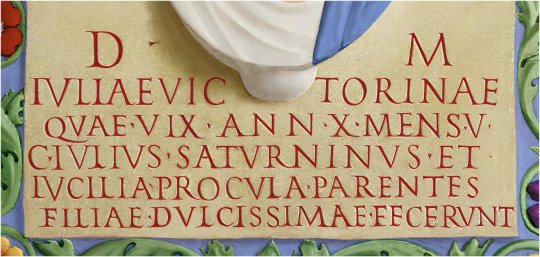
"Funerary altar of Iulia Victorina. Marble. Last quarter of the 1st century CE. The altar is dedicated to the en:manes of Iulia Victorina dead at 10 years and 5 months old. Purchase 1863. Louvre museum (Paris, France). Portrait on the front of the 10 year old girl at her death, garlanded in a floral frame, and on the back as the young matrona she would never become. Trees on each (side). Color by @chapps on twitter.
While Julia Victorina is only one child in the unhappy statistic that half of all Roman children died by the age of ten, her death in the last quarter of the 1st century CE is personalized by the unique and costly monument her parents set up in her memory. With this elegant altar, now in the Louvre Museum in Paris, Gaius Julius Saturninus and Lucilia Procula, who are otherwise unknown by rank, ancestry, or situation, memorialized their grief and hopes for a young daughter taken from them prematurely. The monument would have been placed in a family tomb and held a cinerary urn containing the child's ashes. It is a rectangular block of white marble, elaborately carved on all four sides and crowned by a marble cover gracefully decorated with motifs (mouldings, volutes, and blossoms) that echo those carved on the front and back of the lower stone. The front of the altar bears the dedicatory inscription and features a portrait bust in high relief of the lovely face of a girl, framed by a wide border of acanthus leaves and variegated flowers, symbols in the Mediterranean world of eternal life. Julia Victorina, gazing pensively off to her right, wears ball-shaped pendent earrings, probably of gold; her shoulders are draped, her hair is styled almost boyishly and is crowned by a crescent moon, at once a symbol of eternity and association with Diana in her role as the moon-Goddess. On the back of the altar she appears again, similarly framed with botanicals, but now as a young matrona, as her parents had hoped in a few years to enjoy her; her face is solemn and thinner but recognizable as the child she was. She looks directly at the viewer, wearing the married woman's stola, a palla draped over one shoulder and the same pendent earrings; her hair is arranged in a more matronly style, topped by a radiate crown that symbolizes her apotheosis in the heavens and her immortality. The short sides of the altar are decorated with a flourishing laurel tree, an evergreen sacred to Apollo, God of the sun; within its branches hover two birds, possibly ravens, his sacred bird, seen here together with laurel-crowned Apollo in his shrine. This extraordinary altar, with its portrait busts and floral designs promising immortality, offers moving testimony to the grief of Victorina's parents over the loss of a beloved child.
The dedicatory inscription is crowded into the space below the child’s bust, which awkwardly divides the girl's cognomen. The words are written in square capitals over five lines of diminishing size, with prominence given to the Di Manes and the girl's name. The letters are well formed and centered, with medial dots (interpuncts) separating the words in lines 3-6.
Latin:
D[is] M[anibus]
IVLIAE VIC TORINAE
QVAE• VIX[it]• ANN[is] • X• MENS[ibus]• V•
C[aius]• IVLIVS• SATVRNINVS• ET
LVCILIA• PROCVLA• PARENTES
FILIAE• DVLCISSIMAE• FECERVNT
English:
To the spirits of the dead
Julia Victorina
Who lived for ten years and five months
Gaius Julius Saturninus and
Lucilia Procula
Parents of this sweetest daughter
Had this monument made
Notes to Funerary Inscription for Victorina:
Di Manes, m. pl.
the collective spirits of the dead, the divine spirits. DM is a common abbreviation for the dedication of a funerary monument to the spirits of the dead and thus is in the dative case. These letters or the words they stand for are regularly found at the head of funerary inscriptions dating from the end of the 1st century BCE through the 2nd century CE.
Iulia, -ae f.
Julia is the proper name of women born into the gens Iulia. Victorina appears to have inherited the nomen gentilicium from her father. The name of the deceased is either in the dative case as the dedicatee of the inscription, or the genitive as the possessor of the DM.
Victorina, -ae f.
The dead girl's cognomen.
menses, menses m.
month. Both annis and mensibus are ablatives of time following vixit. Some inscriptions included days as well.
Saturninus, -i m.
The cognomen of Victorina's father is found during the Republic and the Empire. There was a centurian named Gaius Iulius Saturninus who came from Chios and served under the Flavians in a unit of Spaniards in Egypt, but no firm connection can be made.
Lucilia, -ae f.
Lucilia is the proper name of women born into the gens Lucilia; Victorina's mother's cognomen is Procula.
parens, -entis m./f.
parent. It is in the nominative plural, in apposition with Saturninus and Procula, who are the subjects of the verb fecerunt.
dulcis, -e
sweet, lovely, dear, kind. The adjective is in the superlative degree. It modifies filiae; both are in the dative case, in apposition with Iuliae Victorinae.
[hoc monumentum]
this phrase normally follows the verb of dedication (fecit/fecerunt) in funerary inscriptions. Monumentum is the regular word for a Roman tombstone. Sometimes the entire formula is omitted as unnecessary or for lack of space or money."
-taken from feminaeromanae, vroma, and wikipedia
More pictures and sources on my blog: https://paganimagevault.blogspot.com/2022/05/funerary-altar-of-iulia-victorina-1st-c.html
#ancient rome#roman statue#pagan#paganism#apollo#artemis#funerary art#european art#roman art#ancient art#italy#archaeology#reconstruction#art#ancient history#art history#1st century
350 notes
·
View notes
Text
Last Line Game
rules: in a new post, show the last line you wrote (or drew) and tag as many people as there are words (or however many you like).
thanks for the tag @babblish ˗ˋˏ ♡ ˎˊ˗
___〆(・∀・) this is from [checks notes] 3:33am in my Glow Worms notes section of Discord as a hypothetical / potential future scene.
For those who don't know, I tend to write scenes and chapters out of order, which is why some chapters come out sooner than others ^^;
ANYWAYS the premise of this is, Reigen and his dad having a conversation.
“They’re finding new ways to sell and profit off others, just click a button and the place you paid to leave grandma will glow! Think of her, and the LED light we placed under a translucent little plastic Buddha statue.”
“I can’t say I approve of how impersonal that feels, but there is a growing issue in finding space for plots. And not everyone can afford a family shrine. Giving the grieving meaningful tasks helps the mourner, opening grief to a path towards healing.”
“It’s business, it’s aaaall business, I know, I get that - I just. Why does it have to be so business driven? …I’m tired.”
“I know…I know you are. It’s been recession after recession for younger generations.”
“A lot of times you know what the real ghost in the room is? Back at my office I mean.”
“No…what?”
“Capitalism.Little old ladies, or people who can't afford plumbers, or handy men, or have someone check for a gas leak.”
"Yet they pay you."
"Yeah," he said bitterly, "they pay me."
"Are you suggesting you shouldn't be paid for your work? That I shouldn't be paid?"
"No…I just…"
"Do you know what would happen if I didn't do my job? If people were left to their own devices in dealing with bodies? Between black markets and inappropriately attended bodies?"
"Disease," said Reigen, having heard this speech since he could remember.
Then, Reigen Senior changed something in his speech, "and what would happen if you didn't do your job?"
Reigen shrugged, sitting in his sulk.
"I imagine a lot of old ladies and people who can't afford plumbers or handy men end up having a lot of trouble as well."
Reigen looked at his father.
Will I end up using this scene after cleaning it up etc? I have no idea. But remember kids, the real entity of horror, is always capitalism.
Tagging @reitziluz @mangatxt @sharkaroni and anyone who wishes to participate!
#Nico Responds#Babblish#GlowWormsMode#progress report#the plastic Buddha statue is a real thing btw! I came across it while watching videos on Funerary practices in Japan - as is the rising#struggle to find more space for plots of land (as not everyone wants to be cremated despite it being a popular practice not only that but#just because you're cremated it's still customary to have a space to place the remains. Which is why family shrines is a big thing...but a#place to put a shrine is also a square amount of space)#OUGH I have so many thoughts about Reigen and his family - especially my Funeral Home HC#I can't wait to dig into Reigen and his dad's complicated relationship more in the fic I can't wait to show these thoughts#Another important thing to remember - I think - is that Reigen Absolutely remembers the 90s the very edgy recession filled disillusioned 90#which did occur in Japan after the economic bubble popped!#okay enough babbling in the notes I should get back to finishing this chapter lol#Glow Worms#Glow Worms or rather: In the Depths of the Safflower Hills
5 notes
·
View notes
Photo

the thought that our female ancestors oftentimes weren’t even given a grave induces unimaginable rage in me
#i have a lot to say against christianity but the idea that everybody deserves a grave doesn't matter their status is a very good one#misogyny#misogyny in history#women in history#or rather in prehistory#funerary rites#archaeology#moje
12 notes
·
View notes
Text
Arbor Wilds: Temple of Mythal - Part 3
Main Quest: What Pride Had Wrought
The Temple of Mythal was a place of justice, where petitioners walked religious rites of passage in order to have their pleas for justice heard by Mythal. According to some, it is also the site of some mysterious religious artefact called the vir'abelasan.

This post contains the following sections
Entrance to the Temple
The Rituals
Ancient Crypts: Red Templar's way
[This is part of the series “Playing DA like an archaeologist”]
[Index page of Dragon Age Lore]
Entrance to the Temple

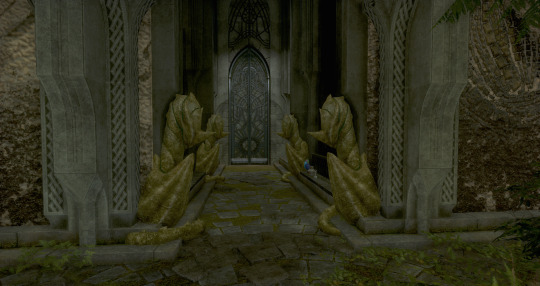
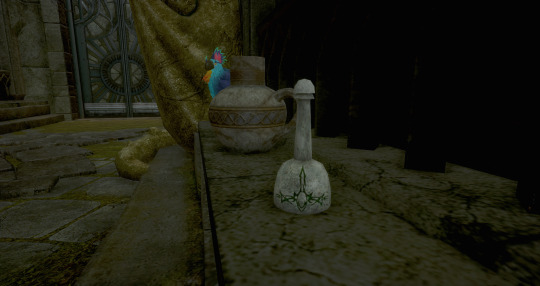
The entrance to the temple is enormous. Its door is waiting for activation via the rituals/puzzles. At its sides there are two gigantic, decayed mosaics of Mythal. In the small corridor of the door, there are four Dragon Myhtal statues. In the corridor, we find this curious vallaslin ink object that we had only seen it before in the The Lost Temple of Dirthamen.
The Rituals [Puzzles]
In this post, Diirthata-ma shows the name of the game files [I’m unable to have access to these by myself] which represent the puzzles. I thought it could potentially give us some hints about the statues used in them. So, the name of these ritual I use here were given by the game files.
Elgar'nan Ritual

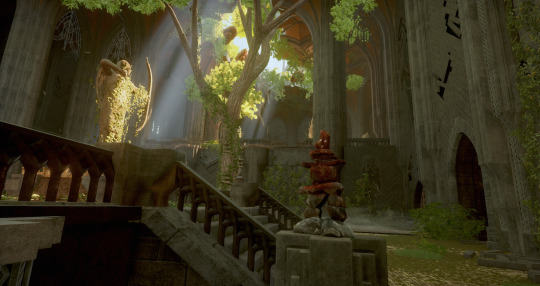
The first puzzle, the easiest and shortest one, is named Elgar'nan ritual. It's decorated with archer statues [that by now I suspect we can consider them as Shadow Sentinels], and on a rail of one of the stairs that lead to the puzzle, we find a small Red inuksuk. So far, I still keep the interpretation that these objects are related to sacrifice and blood.
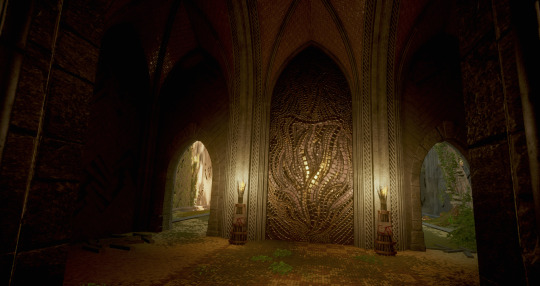
The entryway to this puzzle is decorated with a Sylaise's golden mosaic. I feel this is very fitting, since Elgar'nan is fury of great power [read the codices in the Temple of Mythal and in Vir Dirthara related to him] while Sylaise is as brutal as him considering the only non-Dalish codex we have: Song to Sylaise. Both figures are entities of fury, fire, and wrath in some degree. Sylaise seems to be a bit envious or competitive even.
Fen'Harel's ritual
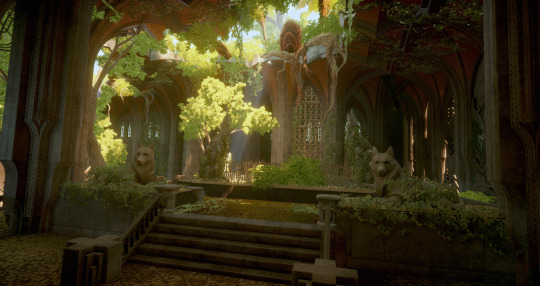
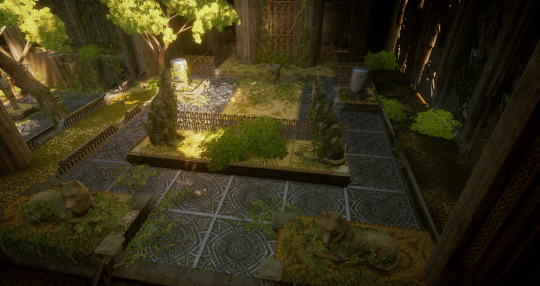

The second puzzle, with a lever, is Fen'Harel's ritual. It’s a puzzle with two potential interpretations: One, ironically, is that this puzzle needs you to be trapped in order to solve it [as a meaning to represent how he sealed the others gods, including himself (Cole says the wold chew his own leg to escape), to save the world], probably a poetic twist implemented by the Devs than something that the original Elvehan would have considered in the creation of this ritual. Another interpretation [more in-game and more “Evanuris”] is that this is the trickiest puzzle because the lever, and thus it represents Fen’Harel in the sense that you need cunning to solve it. [Unlike what wiki says, you don’t need to fail first to solve it. It has several different ways to be solved without failing it, it’s just a matter of tricks.]
To no one's surprise, it has several statues of Fen'Harel, in sitting and howling position.
Dirthamen's ritual
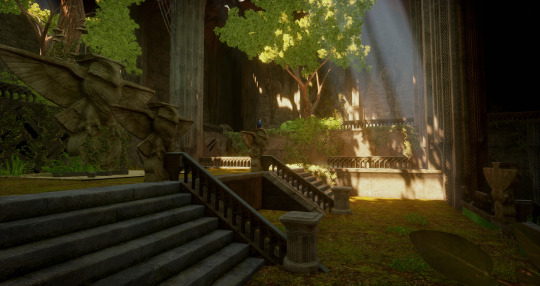
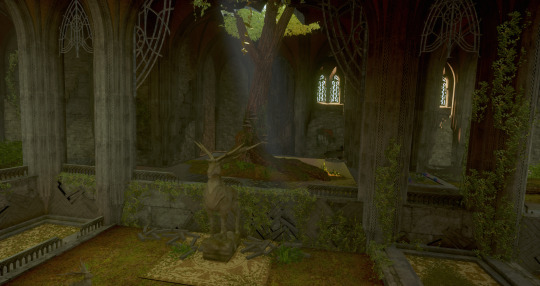

This is the longest one, which needs you to jump across different levels of the puzzle. It starts in the part of the chamber decorated with Elven Owl statues, and finishes in the one decorated with Elven hart statues. Due to the fact this is a puzzle that represents Dirthamen, gods of knowledge and secrets, it seems to present a duality [owl and hart] as usually Dirthamen/Falon’Din seem to exist in the iconography.
That the owl is present here, seems to have some reason: we have read in the game a codex saying that the owl could be considered the messenger animal of Dirthamen [as well of Andruil], but the hart seems to be a curious association. We know that the unreliable Dalish Tales relate hart figures with Ghilan’nain [for example, Ameridan did it in the DLC], and in the The Lost Temple of Dirthamen (Part 2), we find a red mosaic of Ghilan’nain [this association a bit more trustworthy]. In the codex Ancient Elven Writing [detailed and analysed in Ancient Elven codices, Temple of Mythal], there is a subtle relationship between Ghilan’nain and a servant of Dirthamen.
Therefore, Dirthamen and Ghilan’nain may have had some particular kind of relationship which is not clear to define with the information we have in game. It could have been an alliance or a rivalry of some kind. Honestly, considering Dirthamen’s dual existence with Falon’Din, I would have expected this puzzle to have more visuals of Falon’Din, as all things related to Dirthamen have and vice-versa.
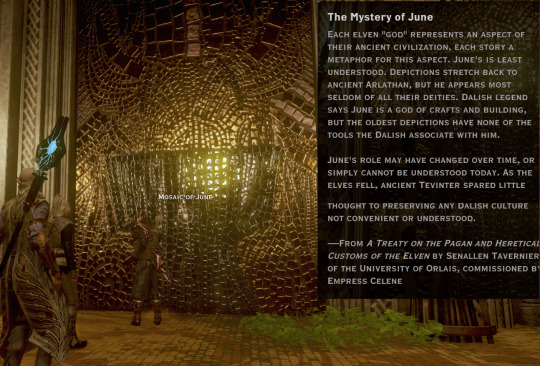
The entryway to Dirthamen’s puzzle is decorated with June's golden mosaic, which triggers the codex The Mystery of June, detailed and analysed in Ancient Elven codices, Temple of Mythal.
The only reason I can find to explain why two of these puzzles have entryways with mosaics of June and Sylaise, is because both of them have a portfolio of crafting in common. In the codices Vir Dirthara: Raising the Sonallium and in Song to Sylaise [detailed in Ancient Elven codices; Vir Dirthara and in Ancient Elven codices, Temple of Mythal] we can see that Sylaise is also dedicated to some aspect of the arts of crafting or related to architecture. Both of them may have been responsible of the construction of many of these buildings, in my opinion.

Once the puzzles are finished, the main door to the temple glows in blue and we are granted the access to the Petitioning Chamber.
Ancient Crypts: Red Templar's way

If we follow the hole on the ground left by the Red Templars, we have access to something that the game names “Ancient Crypts”. When we ask Morrigan’s opinion on this place, she says that it looks more like a fortress than a Temple.



The crypts present the most creepy murals from the post Nation Art: Elvhen

This place has decorations and structures similar to Dirthamen’s Temple or in general, similar to any elvhen crypt [like Dinan’Hanin]. As all elvhenan crypts, they are made with rough stones, and less decorated door frames and arcs.


The walls have these typical paintings. The only one I didn’t find is the Armoured figure from Nation Art: Elvhen. We even find these reptilian drawings in the Temple of Mythal. This repetition in so many elvhen places makes me consider this as part of a lore we don’t understand yet, and not just a Bioware joke about krogans.



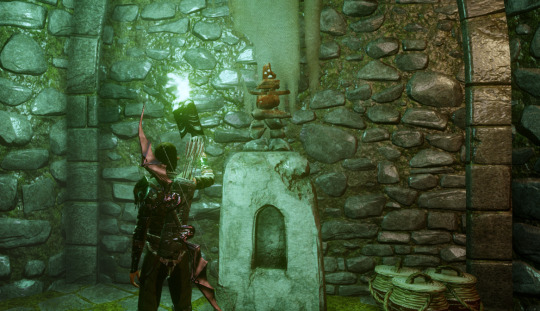
From dozen and dozen of screenshots we see most of the object we have seen in crypt-like scenarios like the Lost Temple of Dirthamen: different inuksuit, urns, Elvhen funerary lid, generic dead bodies, and some Red inuksuk [I kept this cute one, so small].

It’s in the crypts where we find Untranslatable Elven Writing which is Abelas’ confession about how he and his people at the temple endure their duty. Details in the post Ancient Elven codices, Temple of Mythal.

Ahead, we find another: Unreadable Elven Writing, which narrates about a unique and brutal weapon developed by Andruil, a golden spear. It’s not clear if this is like a codex that represents the main rival of Mythal. We can imagine that Andruil may have had a lot of resentment towards Mythal since they both fought and Mythal erased her memory of how to access to the Void [codex Elven God Andruil, detailed in Ancient Elven codices, Temple of Mythal].
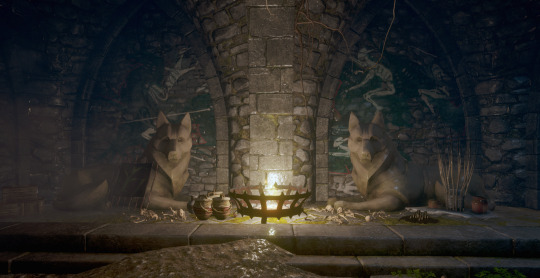
One of the many chambers of this crypt has a pair of Fen’Harel statues with the painting of the elves in battle. This makes me strengthen the idea that this mural painting represents a Rebellion more than a battle.


Next chamber, we find a broken Dragon Myhtal statue, with the painting of the dragon on the wall [which in several other situations seems to be a dragon that guides the painting of the elves ridding into battle] and in another section of the wall, we find the slaved elves, without face and heart. There are more snuksuit and more paintings of elves with vallaslin.


In one of the darkest chambers, we find an isolated statue of a hart.
Arbor Wilds: Temple of Myhtal - Part 1, Part 2, Part 3, Part 4, Part 5
#main quest#playing DA like an archaeologist#temple of mythal#Elven Archers#Elven Owl statue#Elven hart statue#red inuksuk#Inuksuit#Sitting Fen'Harel statue#Elvhen funerary lid#june#sylaise#andruil#Falon'Din#Dirthamen#Elgar'nan#elven pantheon#elven design#Howling Fen'Harel statue#Humanoid Mythal statue#dalish ink#vallaslin ink#elvhen mosaic#Evanuris Mosaics#Dragon Mythal statue
12 notes
·
View notes
Text
should I buy this and make it totk zelda
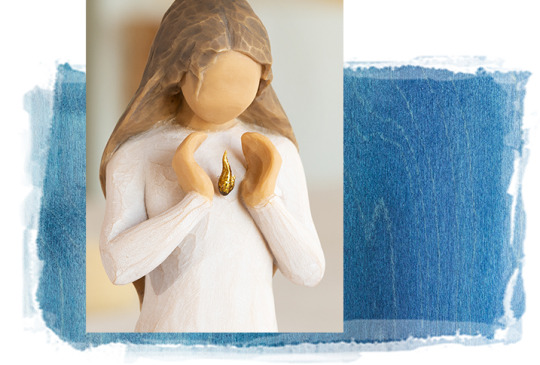
#doing an interactive part of my museum exhibition project so I'm comparing stock egyptian funerary statues from the new kingdom to#willow tree figurines#and wow. fuck willow tree figurines I mean I knew they had A Vibe but their website is basically here's the normal figurines! and here's#all the other ones that are 'darker'. they could be (lists a series of ethnicities that are very different from each other)
6 notes
·
View notes
Photo
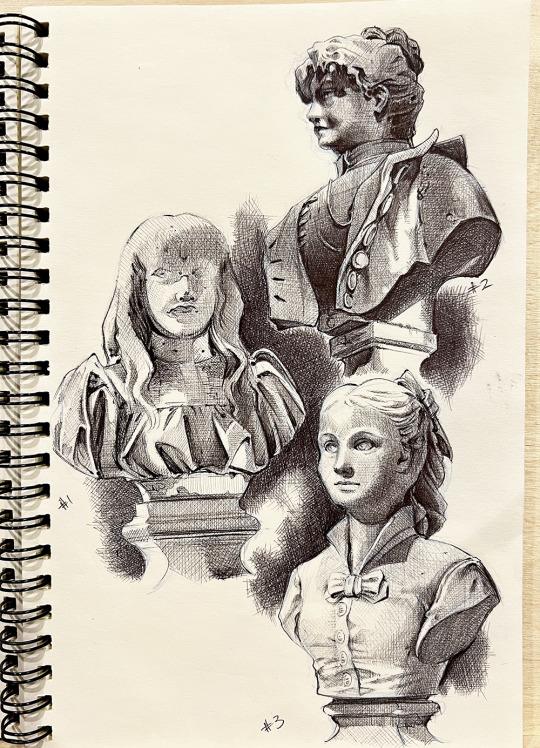
At some point, I will remember to post my drawings on both Instagram AND here. I can do it for my comic across multiple sites, but I just can’t remember when it is any other work.
I used ballpoint pen to draw some funeral busts from a graveyard or two in Italy. It is just fascinating to see the likeness of someone who has been gone for a while and wonder who they were, what they liked, and so on. The first (left) was drawn a bit heavy-handed and was the most weathered of the three. The one on the upper right looked unusually vibrant and confident compared to the many demure busts.
7 notes
·
View notes
Photo
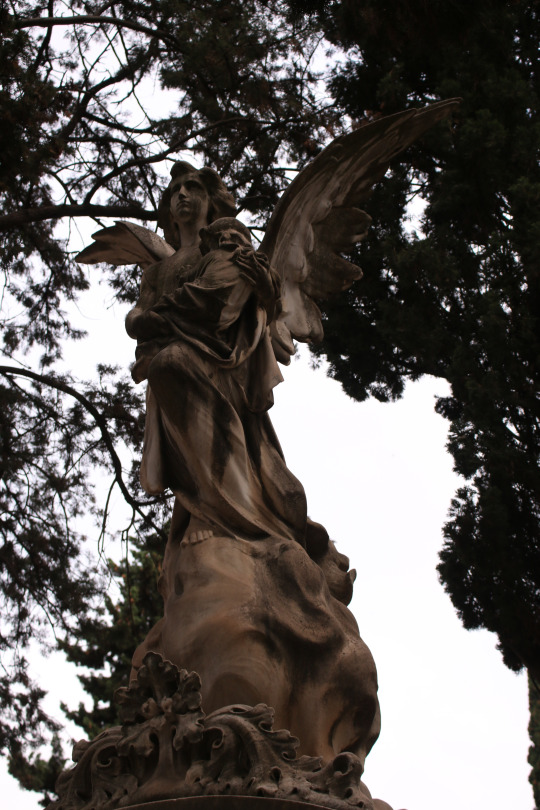
Cementiri de Montjuïc, Barcelona, 18/10/22
#cementiri#montjuïc#barcelona#catalonia#catalunya#funerary art#funerary statue#funerary aesthetic#aesthetic#aesthetics#contrast#marble#stone#photo#photography#grave#graveyard#tumb#sepulchre#tw: death#angel#angel aesthetic#dead#death#photographers on tumblr
3 notes
·
View notes
Photo

Funeral Monument of Carlo Gesualdo, Knight of Jerusalem, marble, early 16th century, by Girolamo Santacroce
National Museum of San Martino, Naples
Photo by Charles Reeza
#tomb#sarcophagus#memorial#funerary art#Certosa di San Martino#Italy#cherubs#putti#knight in armor#recumbent statues
9 notes
·
View notes
Text


Colossal statue of Pharaoh Amenhotep III (ruled from 1407 BC to 1376 BC 9th Pharaoh of the 18th Dynasty), his Great Royal Wife Tiy or Tiye and three of his daughters. Saying that he was the father of Akhenaten, the “heretic” pharaoh.
It measures more than 4.4 m wide and 7 m high and was originally polychrome.
It belonged to the funerary temple of Amenhotep III, the largest built in Thebes, even surpassing the great temple of Karnak in dimensions. There are hardly any remains; today the statue is in the Egyptian Museum in Cairo.
254 notes
·
View notes
Note
"when you marry off a son to the church, they're married to god's vicar on earth" lives rent free in my mind now, thank you very much! also, can't stop thinking of rodrigo borgia and giuliano della rovere as a bickering divorced couple, and it's too kinda your fault -_-
absolutely CACKLING at the idea of rodrigo and giuliano as a divorced couple because I've always envisioned them as two different types of monsters that despised each other and were intent on eating the other along with anyone else that got in their way, with giuliano coming out of that war winning. and it wasn't enough to get the throne (the papacy), he also kicked cesare to the curb after luring him back in. we love to see it! you can't buy that kind of hate off the shelves, you have to curate it and let it fester like an open wound! an absolute masterclass in driving in one final nail into the coffin of a family you despise. (there's a kind of dynastic rivalry subtext in regards to inheritance etc, between these two that makes them incompatible with the divorced framework to me. it's more of a eat or be eaten, destroy the pretender to the throne, etc etc in my mind)
ascanio sforza and giuliano della rovere on the other hand. they have an adjacent kind of divorced energy, to me. those two were rivals for so long (ascanio kneecapping della rovere by backing rodrigo in the papal elections, and it escalating from there), and only came together in the end (della rovere visiting ascanio every day on summer for conversation, hello??), and even then: that came with a hefty side of deeply unbalanced power dynamics of the julius caesar-clemency variety (fun fact! when giuliano della rovere became pope, he took on the name julius II in reference to julius caesar!)
wait--- you want to know who's literally divorced, though? ascanio and rodrigo. ascanio was one of the major players in setting up the lucrezia borgia-giovanni sforza marriage, and that annulment had implications, especially with how rodrigo kept trying to shut ascanio out of vatican politics. that didn't stop them from sharing the pastime of gambling together, though.
#actually i think i called della rovere ascanio's sugar daddy at one point. heugh. don't ever let me speak (continues to speak)#the funerary statue that giuliano had commissioned for ascanio lives in my head rent free tho. the eyelashes. wtf.#OBSESSED with how he's posed not in death but asleep instead. what's the point of being a pope if you can't commission#an artist to do a little life-death dialogue that challenges god. huh. after all you speak for god.#anyway i hate della rovere. also rodrigo. but that's to be expected.#ask tag#also re the borgia-della rovere monster conversation: what's most dangerous to a man who would be king? a conspirator#and to quote ilardi: ascanio did inherit his visconti ancestor's tendency to conspiracy#della rovere had a better handle on maneuvering that once he put on the papal hat tho#i guess the final FINAL nail in the coffin to the borgia memory might be della rovere winning over ascanio in the end#like. congrats on getting your rival-enemy's ex wife.#every day i look at myself in the mirror and go 'hey. say normal things' and then i describe catholic politics like this
29 notes
·
View notes
Text
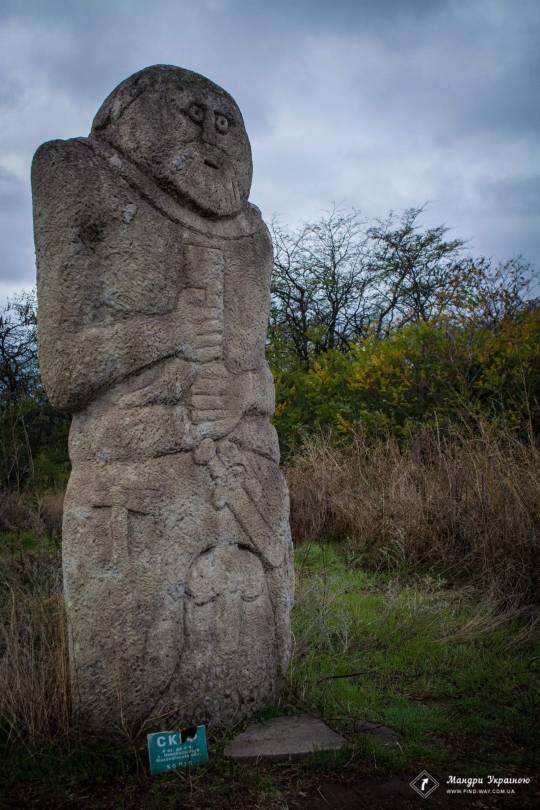


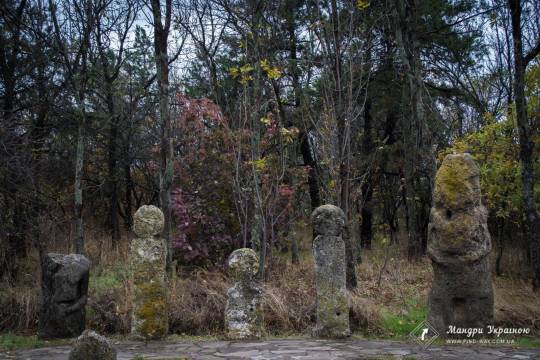
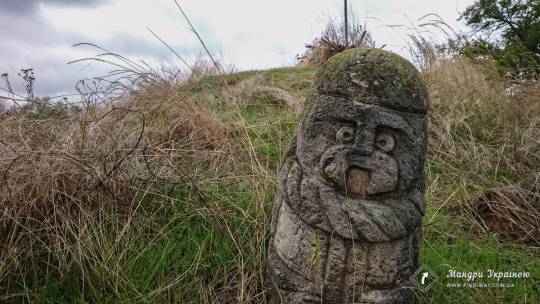

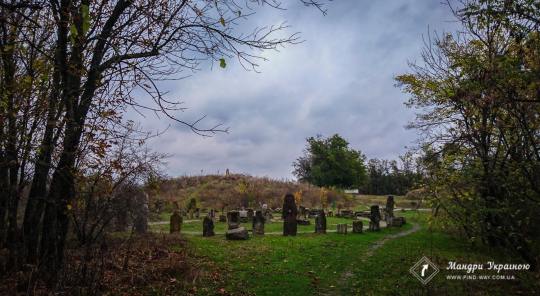
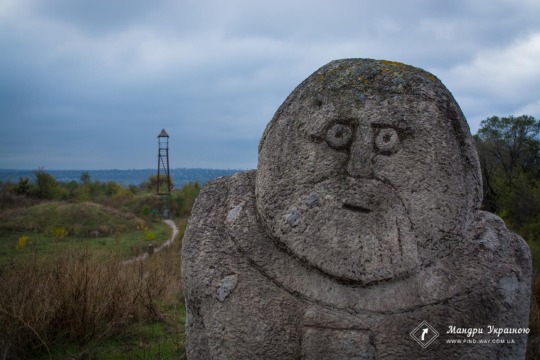

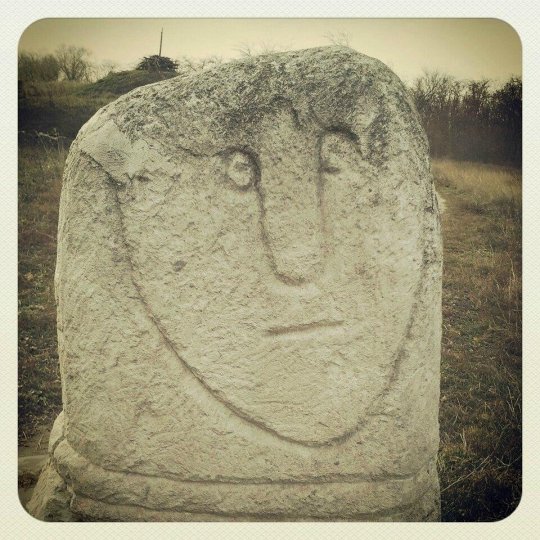
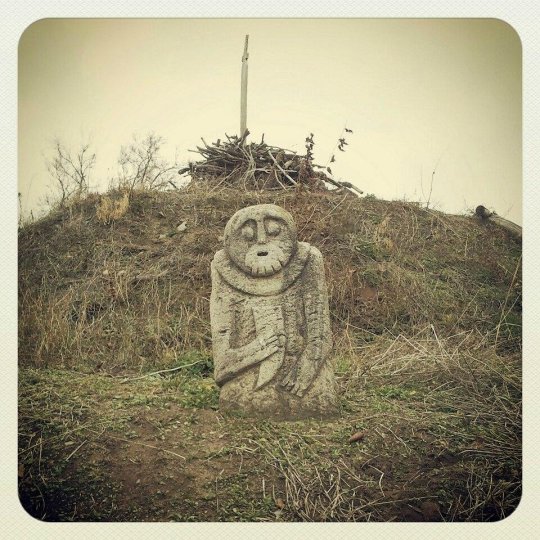

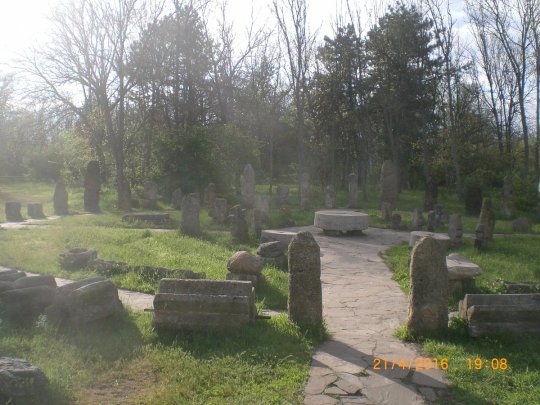

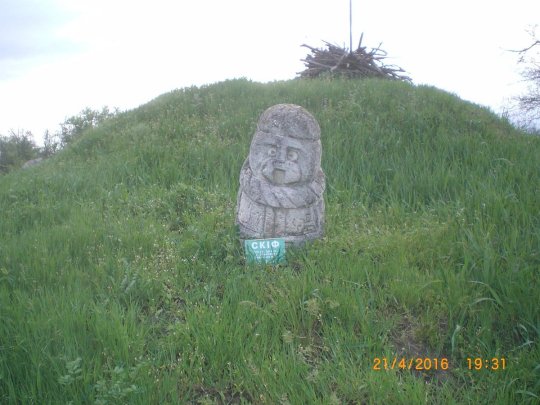
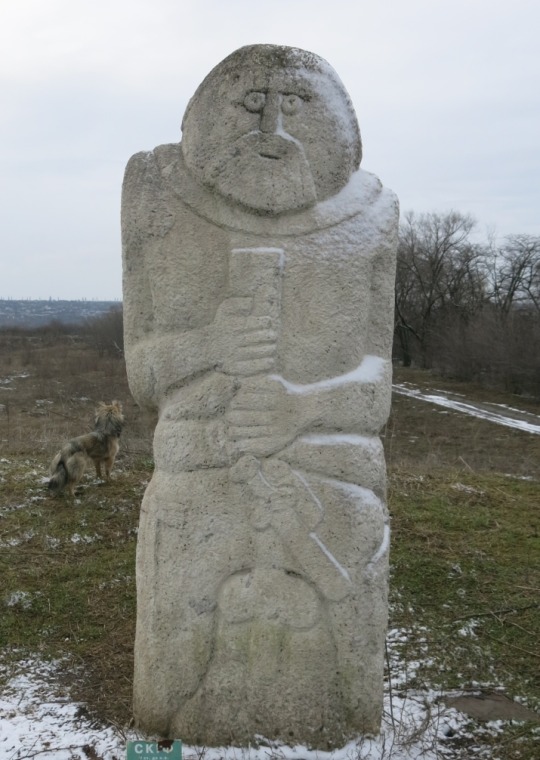
Scythian stele 7th-4th C. BCE. The Khortytsya Reserve. Scythian camp. Kurgan stelae at the Sentinel's Barrow.
"As this went on for a long time and did not stop, Darius sent a horseman to Idanthyrsus the Scythian king, with this message: “You crazy man, why do you always run, when you can do otherwise? If you believe yourself strong enough to withstand my power, stand and fight and stop running; but if you know you are the weaker, then stop running like this and come to terms with your master, bringing gifts of earth and water.” Idanthyrsus the Scythian king replied: “It is like this with me, Persian: I never ran from any man before out of fear, and I am not running from you now; I am not doing any differently now than I am used to doing in time of peace, too. As to why I do not fight with you at once, I will tell you why. We Scythians have no towns or cultivated land, out of fear for which, that the one might be taken or the other wasted, we would engage you sooner in battle. But if all you want is to come to that quickly, we have the graves of our fathers. Come on, find these and try to destroy them: you shall know then whether we will fight you for the graves or whether we will not fight. Until then, unless we have reason, we will not engage with you. As to fighting, enough; as to masters, I acknowledge Zeus my forefather and Hestia queen of the Scythians only. As for you, instead of gifts of earth and water I shall send such as ought to come to you; and for your boast that you are my master, I say ‘Weep!’” Such is the proverbial “Scythian speech.” So the herald went to carry this message to Darius; but the Scythian kings were filled with anger when they heard the word “slavery”."
-Herodotus, The Histories, Book 4.126-128
#scythian#funerary art#statue#sculpture#history#ancient history#antiquities#pagan#paganism#literature#herodotus#darius the great#persian history#7th century bce
92 notes
·
View notes
Text
I just need everyone to understand that we have hardly any surviving intact garments from before, say, the 1700s. There’s dozens of reasons for this, but one of the big ones is that people reused the materials. Things were cut up and refashioned into new things, over and over, until the fabric was essentially just rags, bc the labor required to weave cloth and stitch up a garment was intense. You would wear and wear and wear things until they were dead. This includes the elaborate garments of the upper classes.
And in the same way that today many people pick apart old things to cannibalize the buttons and trims and other salvageable bits, they did that too! No sense throwing away perfectly good buttons just because the shirt is shredded. Snip those off and sew them onto something new! We have lace cuffs that are incredibly old, but rarely the garments they were worn with, partly because lace was so fucking expensive you’d have to be insane to throw it out. You would save those and refashion them again and again as often as possible.
So what we know of medieval clothing has been learned from writings, often very vague, illustrations (also very vague), and other imagery like statues. We have bits and pieces of garments, often from funerary contexts, but the same context that prevented them from being chopped up and reused also made them susceptible to decomposing.
Which is all to say that we do not know the exact details of garment construction for any given period. We don’t even know all the ins and outs of the clothing of the 1800s, and we have hundreds of surviving pieces from that century!
Do we know how frequently and in which contexts hooks and eyes were used prior to the late 1400s? Not precisely, but we can make some good guesses based on artwork and later usage. But we may never really know, because guess what! Hooks and eyes are reusable. I guarantee they would have been snipped off of unusable clothing and sewn onto new pieces.
#tis a ramble im sorry#but i really need everyone to understand#how little we know about old timey clothing#pancake talks textiles
2K notes
·
View notes